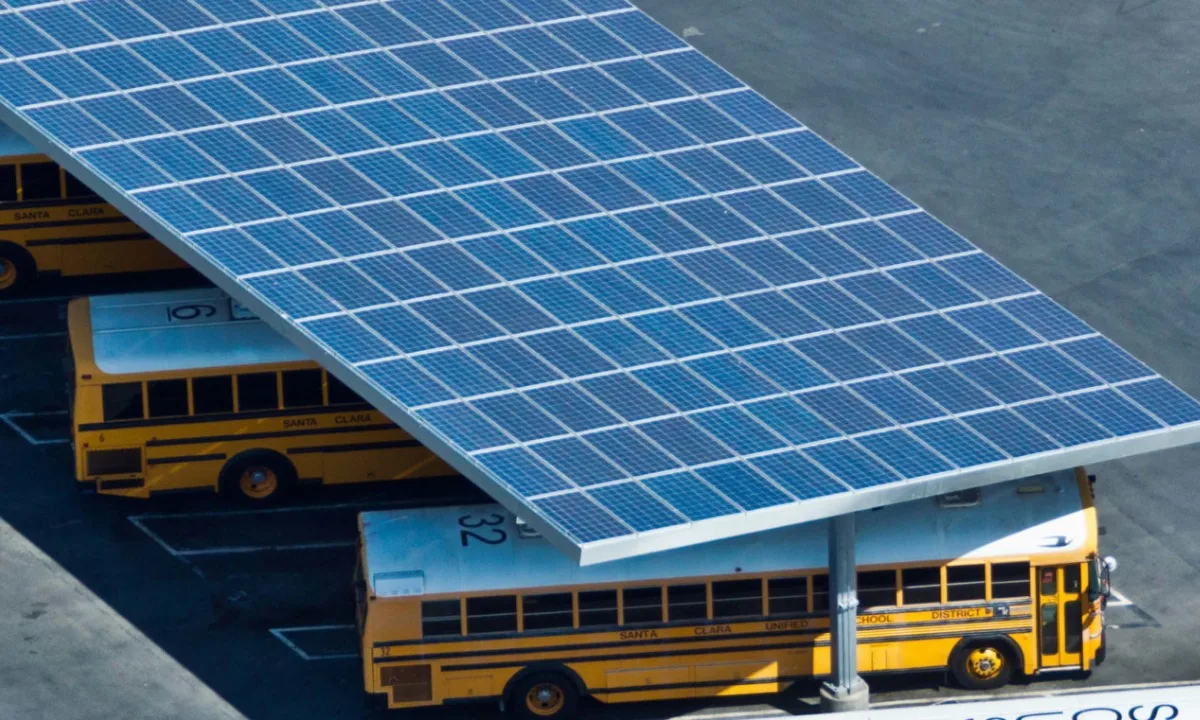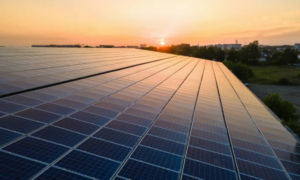Installation of solar panels for schools and colleges offers a chance to transform the way education institutions consume energy with a view of reducing consumption hence resulting in low bills and the adoption of renewable energy which is environmentally friendly.
Schools can also generate their renewable electricity by making use of solar panels and at the same time benefit from such incentives in various areas. This article will describe the simple steps in planning and installing a solar power system for your school/college.
Assessing Your Building’s Suitability
The first step is to evaluate whether your building is physically suitable for solar panels. Some key factors to consider include:
- Roof Space: You’ll need an adequate amount of clear, unshaded roof area facing the sun to host the solar array. South-facing roofs receive the most direct sunlight.
- Roof Type and Condition: Solar panels for schools and colleges usually require flat or low-pitched roofs that are structurally sound. A roof replacement may be needed if your current one is at the end of its life.
- Electric Usage: Analyze your building’s energy bills to determine how much electricity you consume. The solar system size should match your usage to maximize cost savings.
- Property Details: Check for any zoning restrictions, HOA rules, or other land use regulations regarding solar installations.
Performing an initial assessment of these issues will help indicate if installing solar is truly feasible for your specific site. Don’t proceed further if major obstacles are identified.
Getting Bids from Solar Installers of Solar Panels for Schools and Colleges

Once your building passes the preliminary screening, it’s time to get bids from professional solar installers. Some tips include:
- Research Installers: Look for companies accredited by organizations like Solar Rating & Certification Corporation (SRCC).
- Request Multiple Bids: Get at least 3 bids to compare equipment types, warranties, estimated production, prices, and financing options.
- Clarify Inclusions: Make sure the bid specifies everything covered like permits, maintenance, equipment warranties, etc.
- Confirm Incentives: The quotes should factor in applicable rebates, tax credits, and other financial incentives.
Thoroughly review the bids to select the most competitive installer offering the best overall value and service. Don’t solely focus on upfront cost—lifetime savings and performance should take priority.
Applying for Financial Incentives
Many governmental programs aim to promote solar energy adoption through financial assistance. Some common incentives include:
- Federal Tax Credits: The IRS offers a 26% tax credit for solar systems through 2019 that can significantly lower your costs.
- State Rebates: Many states offer cash rebates per watt of solar capacity installed. These typically range from $0.50 to $3.00 per watt.
- Third-Party Solar Loans: Special low-interest loans and solar leasing programs are available in some areas to help cover installation costs.
Be sure to submit all rebate and tax credit applications well in advance to the appropriate authorities. Incentives can be used to reduce the payback period and this makes the solar investment proposal very attractive.
Finalizing Contracts and Permits
Once a trusted installer is selected, it’s time to execute contracts and pull the necessary permits. Key steps here include:
- Installation Contract: Review and sign a comprehensive contract outlining equipment specifics, work scope, payment terms, warranties, liabilities, etc.
- Building Permits: Your installer should apply for all electrical and building permits from your local authority having jurisdiction.
- Interconnection Application: This is required to safely connect the solar panels to the utility grid and sell excess power.
- Final Walkthrough: Do a pre-construction inspection with your installer to ensure expectations are aligned.
A foolproof contracting and permitting stage prep the project for the best installation work. Stick to all stipulated timelines to avoid delays.
The Installation Process of Solar Panels for Schools and Colleges
The solar panel setup typically involves the following main procedures:
- Roof Preparation: Tearing off any old shingles and waterproofing the surface to prepare it for panel mounting.
- Rack Installation: Building an aluminum frame structure to securely mount the solar panels on the roof.
- Panel Installation: Carefully placing each solar module in the designated position and electrically wiring them together.
- Inverter Installation: Connecting panels to the inverter that converts DC to AC for usage.
- Electrical Hookups: Linking the inverter to the building’s main electrical panel and running wires for monitoring.
With proper safety protocols, experienced crews can complete most residential/commercial installations within 1-2 weeks.
System Activation and Use
Once installed, these final steps ensure the solar panels for schools and colleges start functioning properly:
- Inspection: The authority having jurisdiction inspects electrical work before activation.
- Interconnection: The utility connects your system to the power grid allowing excess power sales.
- Orientation: Your installer explains the monitoring software and maintenance protocols.
- Ongoing Monitoring: Periodic checks verify normal operation, generation estimates, and alerts for any issues needing attention.
By producing clean power on-site, schools and colleges can benefit for 25+ years from their solar investment’s positive environmental and financial returns.
What are some common challenges that schools and colleges may face during the installation process?
Here are some common challenges schools and colleges may face during the solar installation process:
- Limited Roof Space – Finding enough unobstructed roof areas to accommodate the necessary number of solar panels for schools and colleges can be difficult, especially for older buildings with irregular roof designs. This may require a reduced system size.
- Coordination with Class Schedules – Installation work needs to be carefully planned around the academic calendar to minimize disruptions. It may require temporary accommodation adjustments.
- Historic Building Preservation – For schools in historic districts, special permitting requirements and aesthetic guidelines can complicate the mounting and appearance of solar equipment.
- Budget Constraints – Upfront installation costs may exceed allocated funding even accounting for incentives. This means that value engineering or seeking more options to raise funds is inevitable.
- Scheduling Delays – Issues beyond the installer’s control like poor weather, delayed permits or inspections, and equipment backorders can push timelines back and affect planned timelines.
- Undefined Responsibilities – Lack of clarity around post-installation obligations like maintenance, repairs, and equipment replacement terms in long-term contracts.
- Suboptimal Site Conditions – Shading from trees or neighboring structures, weak roof structure, and lack of nearby grid interconnection points introduce technical challenges.
This is why schools and colleges need to be equipped with these challenges and delay solar project developments with some precautions.
Conclusion
With solar energy becoming cheaper by the day and financial incentives also becoming widely available there has never been a better time to go solar for educational institutions. The interested school and college can use this guide to obtain knowledge that will assist both of them to smoothly plan and then implement a solar installation project that will be beneficial to them later.
Sun-AP Ecopower is one of the leading and pioneers of clean technology based solar panels distributors of India and have a vision of making a difference in the solar power solutions market by offering a solution of power which is clean, affordable and reliable.





